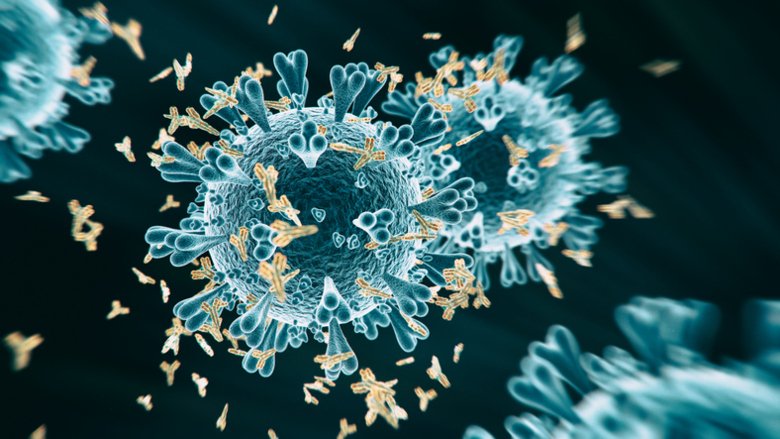Omicron elicits lower antibody responses in individuals with prior COVID-19 infection

Researchers at Karolinska Institutet and Danderyd Hospital have followed participants who have received three doses of the SARS-CoV-2 vaccine and compared their immune responses after Omicron infection. The results, which are published in The Lancet Infectious Diseases, show that Omicron infection elicits significantly higher antibody responses in individuals without prior COVID-19 infection as compared to previously infected individuals.
On the contrary, previous research on infection with other SARS-CoV-2 variants has shown that the combination of infection and vaccination, referred to as hybrid immunity, elicits stronger immune responses as compared to infection-induced or vaccine-induced immune responses alone.
Crucial knowledge gaps

“It is interesting that antibody responses were stronger in participants without prior SARS-CoV-2 infection, who encountered the virus for the first time, despite similar symptoms and viral laod,” says Charlotte Thålin, a researcher at the Department of Clinical Sciences, Danderyd Hospital, Karolinska Institutet and consultant in internal medicine at Danderyd Hospital. “The mechanisms behind this are not clear, but our findings imply that there are crucial gaps in our current understanding of the impact of prior infection on immune responses following reinfection. We will next investigate immune responses in airway mucosa, perhaps mucosal antibody responses give a different picture.”
Charlotte Thålin is the principal investigator of the COMMUNITY study on which the results are based. The current sub-study included a total of 56 participants, of which 16 had been diagnosed with COVID-19 before they were infected with the Omicron variant. None of the Omicron infected participants became severly ill, and prior infection did not affect symptoms and viral laod.
Blood samples were regularly collected
Following infection, blood samples were regularly collected from the participants and analysed for antibody titers against the SARS-CoV-2 wild type and Omicron variant. The results showed that antibody titers increased 2-3 weeks after Omicron infection and were significantly higher in participants without prior COVID-19 infection as compared to previously infected individuals.

“At present, large populations are subject to frequent encounters with the SARS-CoV-2 antigen, through repeated vaccine doses and infections with various SARS-CoV-2 variants,” says Sebastian Havervall, PhD student at the Department of Clinical Sciences, Danderyd Hospital, Karolinska Institutet and consultant in internal medicine at Danderyd Hospital. “Effects on the immune system of these repeated encounters are not known and important to follow.”
The COMMUNITY study, which enrolled 2,149 healthcare workers employed at Danderyd Hospital in 2020, is conducted in close collaboration between Danderyd Hospital, Karolinska Institutet, KTH Royal Institute of Technology, SciLifeLab, Uppsala University and the Public Health Agency of Sweden. The study is funded by Jonas and Christina af Jochnick Foundation, Leif Lundblad Family Foundation, Region Stockholm, Knut and Alice Wallenberg Foundation, Swedish Heart-Lung Foundation, and SciLifeLab. The researchers declare no competing interests.
This news article is based on a press release from Danderyd Hospital (in Swedish).
Publication
”Immune responses after omicron infection in triple-vaccinated health-care workers with and without previous SARS-CoV-2 infection”. Kim Blom, Ulrika Marking, Sebastian Havervall, Nina Greilert Norin, Max Gordon, Marina García, Teghesti Tecleab, Wanda Christ, Mattias Forsell, Mia Phillipson, Peter Nilsson, Sara Mangsbo, Sophia Hober, Mikael Åberg, Jonas Klingström, Charlotte Thålin. The Lancet Infectious Diseases, online 9 June 2022, doi: 10.1016/S1473-3099(22)00362-0.
